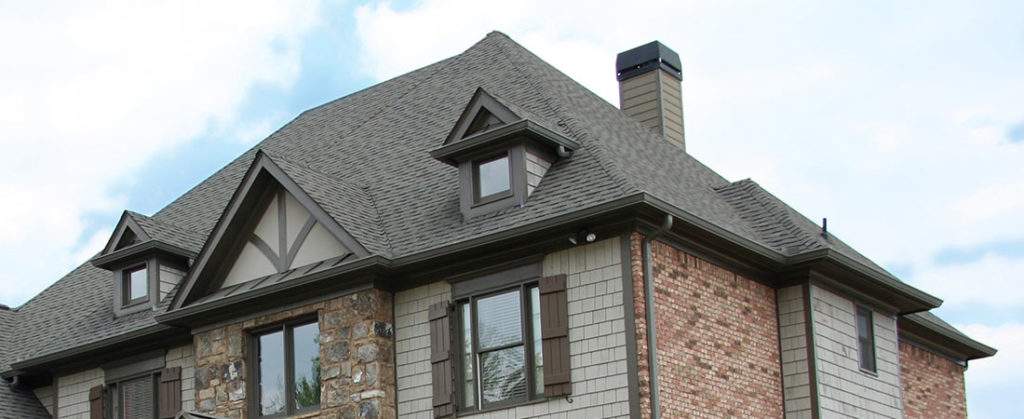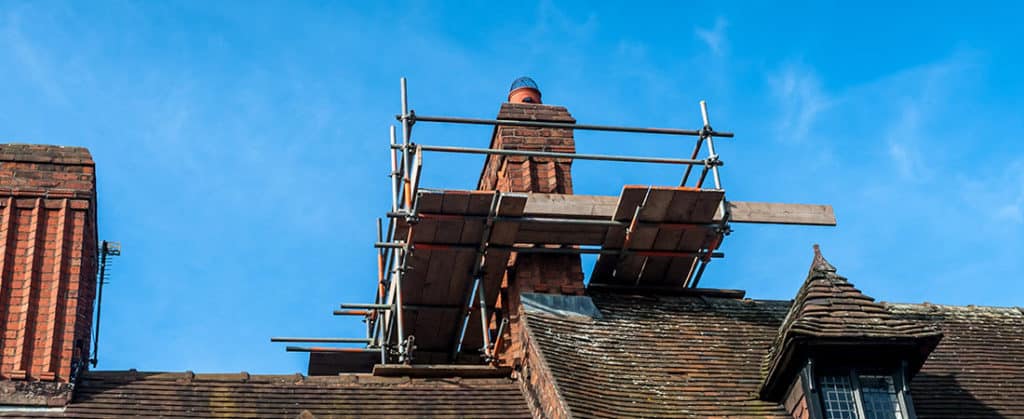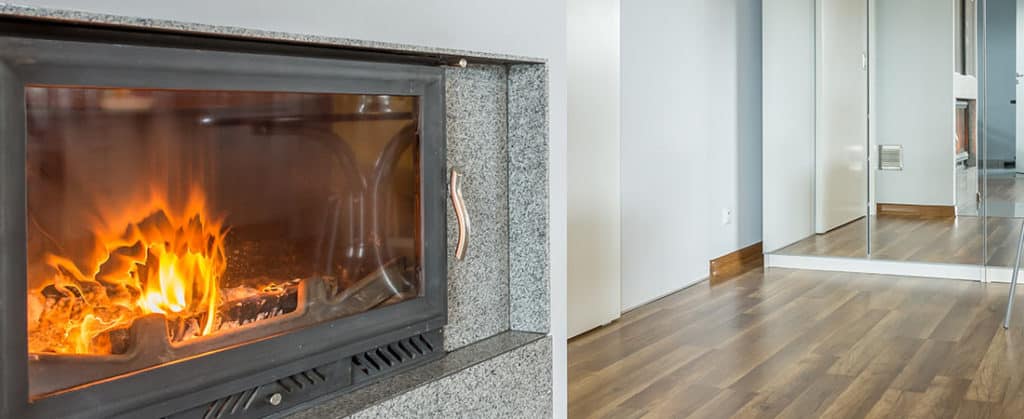Creosote is the black substance that is left after wood is burned. It’s a mixture of soot and tar. There are plenty of dangers associated with creosote deposition in your home. One of the dangers is that it can easily result to fire when it gets too hot. It also can block the chimney preventing chimney gases from leaving your home. This puts you and your family at the risk of carbon monoxide poisoning.
Degrees of chimney creosote buildup
According to chimney sweeping professionals, there are three degrees of creosote buildup: 1st, 2nd, and 3rd degree. First-degree creosote results when wood burns effectively at high temperatures. Creosote at this stage is ashy soot and is the easiest to remove. You can easily remove it with a brush or hire a cleaning professional to help you out.
Second-degree creosote resembles shiny black flakes. Unlike the first stage creosote that you can easily remove with a brush, creosote at this level is difficult to remove. You need specialized tools such as specialized brushes to get rid of the buildup. This type of creosote results when the fire burns in restricted air. It’s common in woodstoves with glass doors.
Third degree or third stage of creosote deposition is the most difficult to clean but it can be done with the help of a chimney cleaning professional. According to chimney experts, the only way of keeping your chimney safe at this level is to install a new chimney liner. Third-degree creosote is extremely concentrated fuel that resembles tar that is running down the inside of the flue. This type of creosote results when:
- You burn unseasoned wood
- You turn down the air control wood stoves
- The flue size is too large
- The house is too air tight; therefore, the combustion air can’t be drawn
Third-degree creosote is dangerous as it can easily catch fire thus putting your house in great danger. To protect your property you should hire a chimney professional to inspect the chimney and fix any problems that might be causing the condition. If the chimney flue is too large, the professional should make it smaller.
In addition to hiring a professional, you should also play your role in protecting your home by burning only seasoned wood. This is wood that has been dried for over a year before use. As rule of thumb get it from a reputable chimney company.



